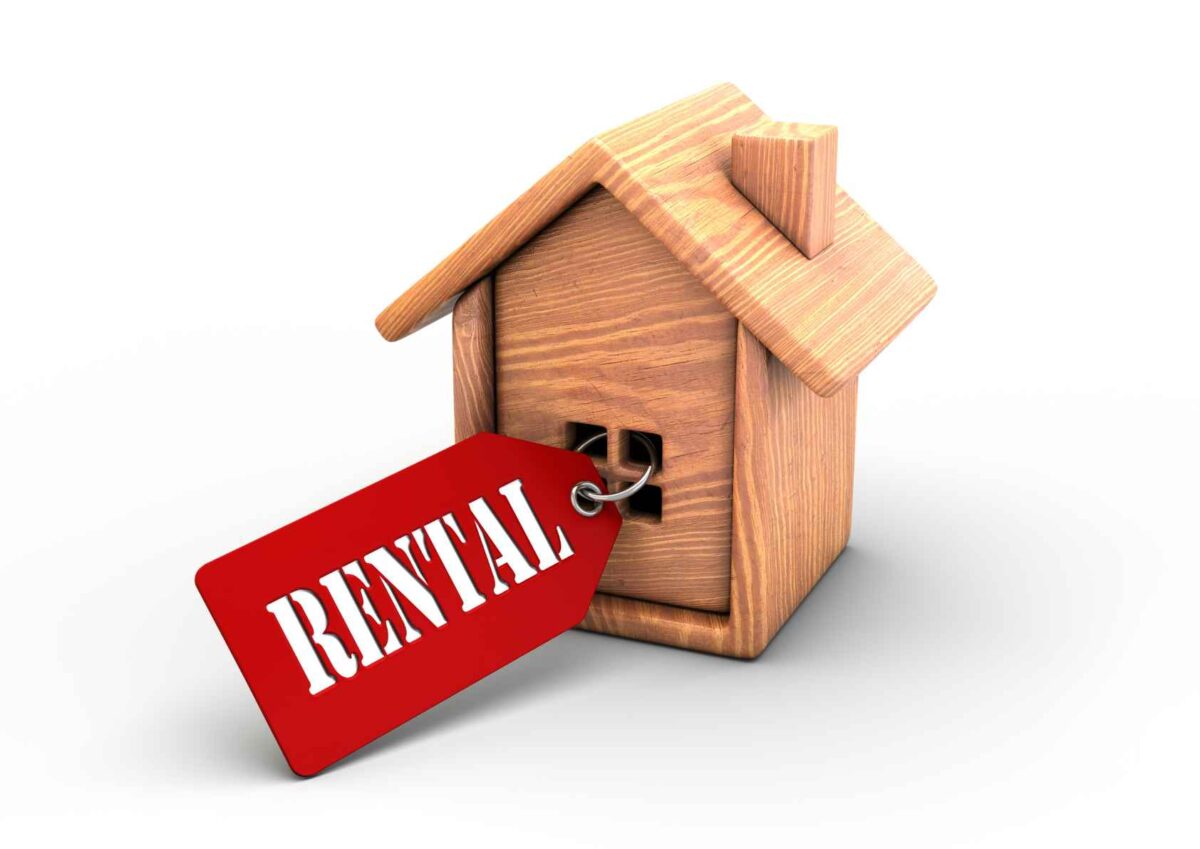Introduction
The real estate question on many people’s minds as we are about to wrap up 2025 and head into the new year is: Is it a buyer’s market or a seller’s market? Understanding where the housing market stands is important for anyone thinking about buying, selling, or simply keeping an eye on real estate trends. So let’s explore what experts are predicting for the year ahead, what factors are influencing the market, and what buyers and sellers should watch for in the coming months.
Interest Rates and Affordability
One of the most important factors shaping whether it’s a buyer’s market or a seller’s market is interest rates. Over the past few years, rates have fluctuated significantly, impacting affordability for millions of potential buyers. As we move through late 2025, mortgage rates continue to stabilize, giving more buyers the confidence to re-enter the market.
However, affordability is still a challenge in many regions due to high home prices. Even with slightly lower rates, buyers are carefully weighing their budgets. This balancing act will continue to shape demand and influence the competitiveness of the market across different cities and neighborhoods.
Housing Inventory on the Rise
Another major driver of market conditions is housing supply. In 2025, inventory levels are slowly climbing, thanks in part to new construction catching up with demand. While many areas still struggle with low housing supply, the slight increase provides buyers with more options and gives sellers new competition.
The shift in inventory is key to understanding whether it’s leaning toward a buyer’s market or a seller’s market. More homes on the market typically create opportunities for buyers to negotiate, while limited inventory favors sellers. For now, conditions remain mixed depending on location, but experts believe the balance is closer than it has been in years.
Regional Differences Matter
It’s important to remember that national forecasts don’t always reflect local realities. Some metro areas are experiencing high buyer demand and rising prices, keeping things firmly in sellers’ favor. Meanwhile, others are seeing price growth slow and more days on market, giving buyers leverage.
For example, many Sun Belt states continue to attract newcomers, fueling competition among buyers, while parts of the Midwest are stabilizing with more balanced conditions. Anyone looking to make a move in 2025 should pay close attention to their local trends rather than relying solely on national headlines.
Technology and Market Transparency
Beyond economics and inventory, technology is playing a bigger role in how buyers and sellers approach real estate. From AI-driven property recommendations to virtual tours and streamlined digital closings, the process is faster and more transparent than ever before. This added convenience allows buyers to make quicker decisions and gives sellers wider exposure to qualified leads.
As tech reshapes the industry, it may help reduce the traditional friction of buying and selling, ultimately supporting a more balanced market. This could mean that the old debate of “buyer’s market or seller’s market” might slowly evolve into a more even playing field.
What to Watch for in 2025
Looking ahead, several key factors will determine how the year unfolds:
-
Economic conditions: Job growth, inflation, and consumer confidence will all play a role.
-
Policy shifts: Any government initiatives aimed at housing affordability could have ripple effects.
-
Local supply and demand: Neighborhood-level data remains the best indicator of conditions for individual buyers and sellers.
While no one can predict the future with 100% accuracy, the consensus is that 2025 will bring a more balanced environment than the extremes we’ve seen in recent years.
Conclusion
So, is it a buyer’s market or a seller’s market in 2025? The answer depends largely on where you live, your budget, and your timing. Nationally, we’re seeing a gradual move toward balance, with opportunities and challenges for both sides. Whether you’re planning to buy or sell this year, staying informed on local trends will give you the best chance of making a smart move in today’s evolving real estate landscape.




























